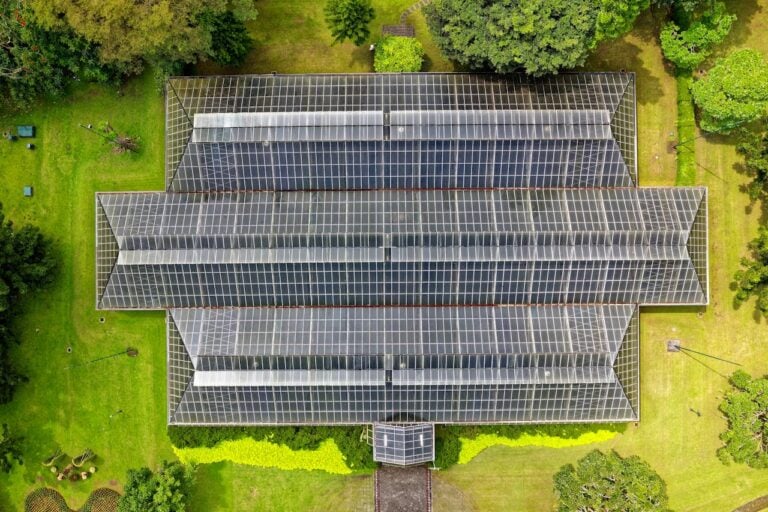Eco-Friendly Tips For A More Sustainable Garden Pool
 Water lovers everywhere look forward to spending long summer days lounging by the pool — but at what cost to the environment? Residential swimming pools in the U.S. more energy efficient, eco-friendly, and cost-effective.
Water lovers everywhere look forward to spending long summer days lounging by the pool — but at what cost to the environment? Residential swimming pools in the U.S. more energy efficient, eco-friendly, and cost-effective.
Go Natural
Traditional pools are brimming with chlorine and other chemicals which can damage the skin and irritate the eyes. Moreover, these chemicals are detrimental to the environment.
A greener alternative? Natural pools. They rely on reed-bed filtration systems — rather than chlorine — to naturally filter out dirt and purify the water. You can even add in aquatic plants to further cleanse the water.
Consider lining your natural pool with non-porous fiberglass or ceramic rather than conventional concrete. Concrete doesn’t work so well at preventing bacteria if it degrades. You may then be pushed to use heavy chemicals in the water, which pollute the environment. It’s better to be on the safe side and opt for non-porous linings to maintain a safe, clean, and eco-friendly pool.
Use Less Energy
Turn your pool heater down or off when you’re not using the pool to avoid wasting heat. Alternatively, solar panels can heat your pool sustainably and just as effectively. However, if you prefer using a pump, make sure you get an energy-efficient one.
Pool pumps — the heart of the pool’s circulatory system — are another huge energy burner. Pool owners are generally advised to run their pumps for at least six hours daily. However, since dirt and debris only collects on the surface, you can get away with using less energy and running it for less time.
Cover It Up
Get a cover for your pool for when it’s not in use. Covering your pool both saves water (usually lost via evaporation) and retains heat. You therefore don’t need to use the pump or heater as much. A cover also keeps the water free from dirt, debris, and bacteria. If it’s not practical for you to cover your pool everyday, at least do it over the winter or during long periods of disuse.
If a natural pool’s beyond your price range, just do what you can to make the one you have more eco-friendly. Reduce the chemicals, water, and energy you use. You can even incorporate plants to aid natural purification, encourage good bacteria, and help the environment.


